The crucial role of wild animals in wetland ecosystems and the services they provide
Wetlands need wild animals
On February 2nd, World Wetlands Day, ten partners of the Global Rewilding Alliance, including Rewilding Europe and Rewilding Danube Delta, are launching a new report titled ‘Taking Animals into Account’. The report highlights the urgent need to protect and rewild a wide range of inland and coastal wetlands, focusing on the restoration of critical animal species to make these vital ecosystems healthier and more functional.
Wetlands are widely renowned as crucial ecosystems that support biodiversity, regulate water cycles, store carbon, and provide resilience to flooding and droughts, but lesser known are the critical roles wild animal species play to make this all possible.
Through an extensive literature review, a new study provides evidence of how animals act as ecosystem engineers – species that have a particularly strong effect on the health of ecosystems. These species help to diversify habitats for other species, increase nutrient cycling and ecosystem productivity, disperse seeds and other organisms, improve food webs, and other, so called, ecosystem services. The report uncovers the intricate ways that fish, sharks, crabs, seabirds, ducks, geese, terrapins, crayfish, sea otters, beavers, muskrats, marsh-living deer, hippos, water buffalos, ducks, mussels, slugs & snails – even ants and the elusive platypus – help to keep lakes, rivers & streams, seagrass meadows, estuaries, coastal lagoons, deltas, saltmarshes, mangroves, kelp forests and coral reefs healthy.
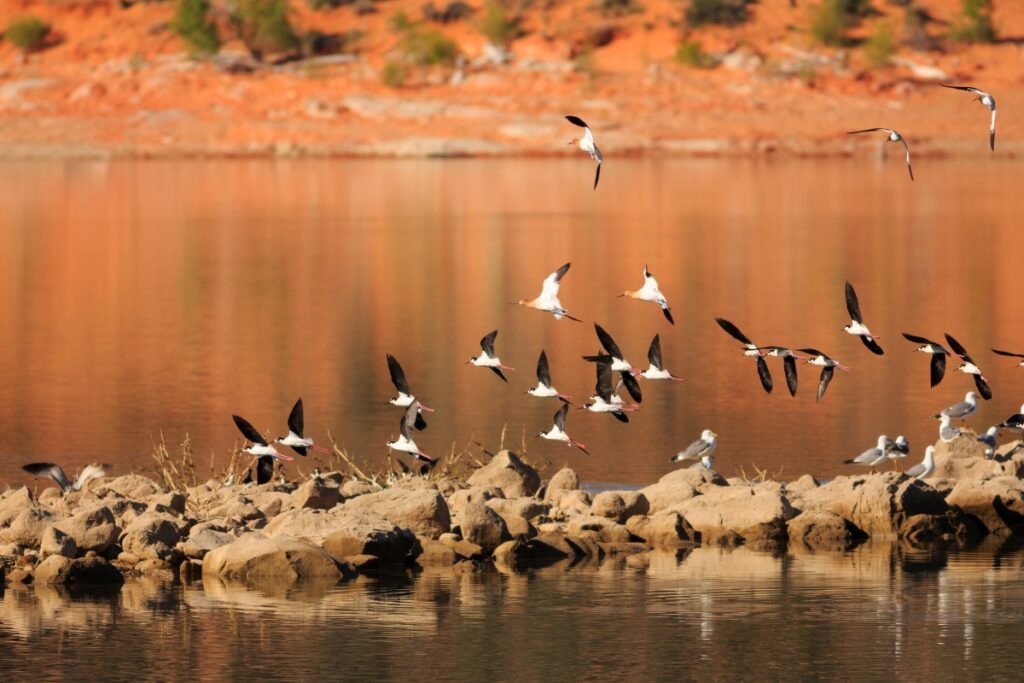
Illustrated by case studies
It might come as a surprise that: the dispersal of seeds of more than 100 species of trees by neotropical fish even play a critical role for maintaining the very diverse tropical forests close to rivers and streams in the Amazon migrating salmon species along the Pacific coast of North America nurture the most majestic temperate rainforests on the planet waterbirds help a whole range of aquatic invertebrates as well as aquatic and terrestrial plants, and even fish eggs, to disperse between lakes, ponds and rivers in the bigger landscapes.
Eleven case studies from the work of partner organisations of the Global Rewilding Alliance in Asia, Europe and Latin America bring us to the wetlands of India, Vietnam and the Danube Delta, to the Scottish beaver ponds, crayfish inhabited streams in the Italian Apennines, saltmarshes in the Netherlands with domestic water buffalos, rivers in northern Sweden with freshwater pearl mussels, and the large Iberá wetlands in northern Argentina with capybaras, jaguars, and marsh deer. We also learn about how crocodiles shape their habitats and how the rare Père David’s Deer and shorebirds influence the coastal areas of the Yellow Sea in China and even control an invasive plant.
The more we look, the more we realise how intricate, interlinked and vital are the services that wetland animals provide both for ecosystem health and human benefit.
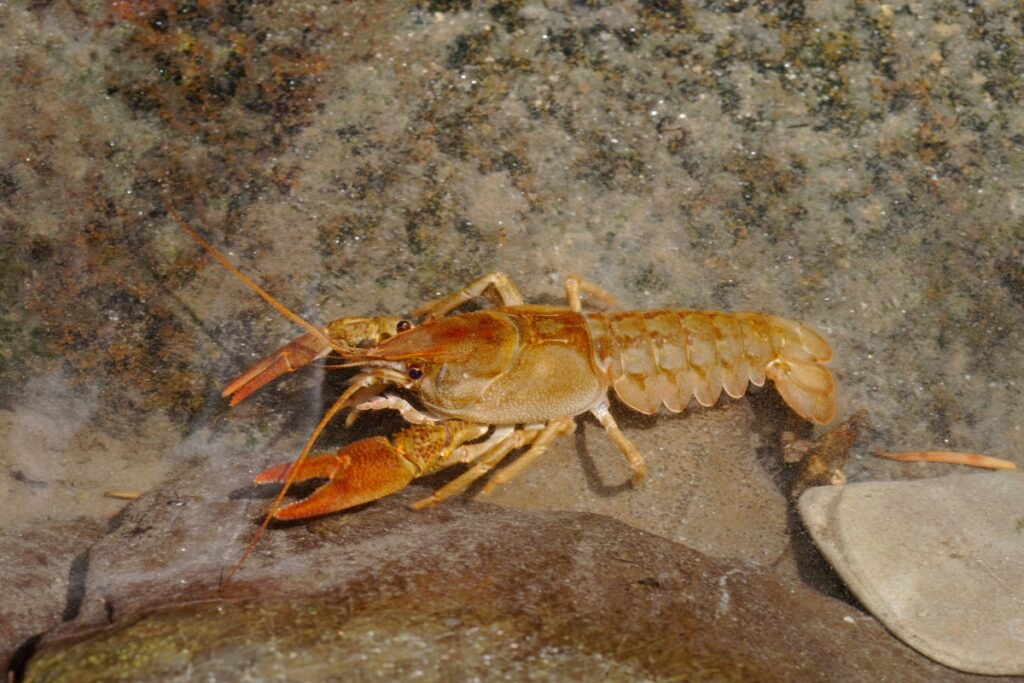
The growing evidence at a glance
In saltmarshes, predatory crabs control snail populations that eat grasses; without the crabs, the whole saltmarsh ecosystem can collapse and along with it all their benefits to society. But other crabs eat saltmarsh roots and dig into the soil, which also can cause the decline of the ecosystem. Sea otters have been found to suppress the abundance of these burrowing crabs, a top-down effect that cascades to both increase marsh edge strength and reduce marsh erosion. These results show that trophic downgrading (the loss of wild animals) could be a strong but underappreciated contributor to the loss of coastal wetlands, and suggest that restoring top predators can help reduce the erosion of saltmarshes and build resilience against sea level rise.
Hippos, beavers, water buffalo, tapirs, turtles, snakes and others all have dramatic effects on wetlands, helping to make them richer and more resilient habitats that can benefit humans in a wide range of conditions, including giving a reliable source of freshwater. This will become more important as climate extremes continue.
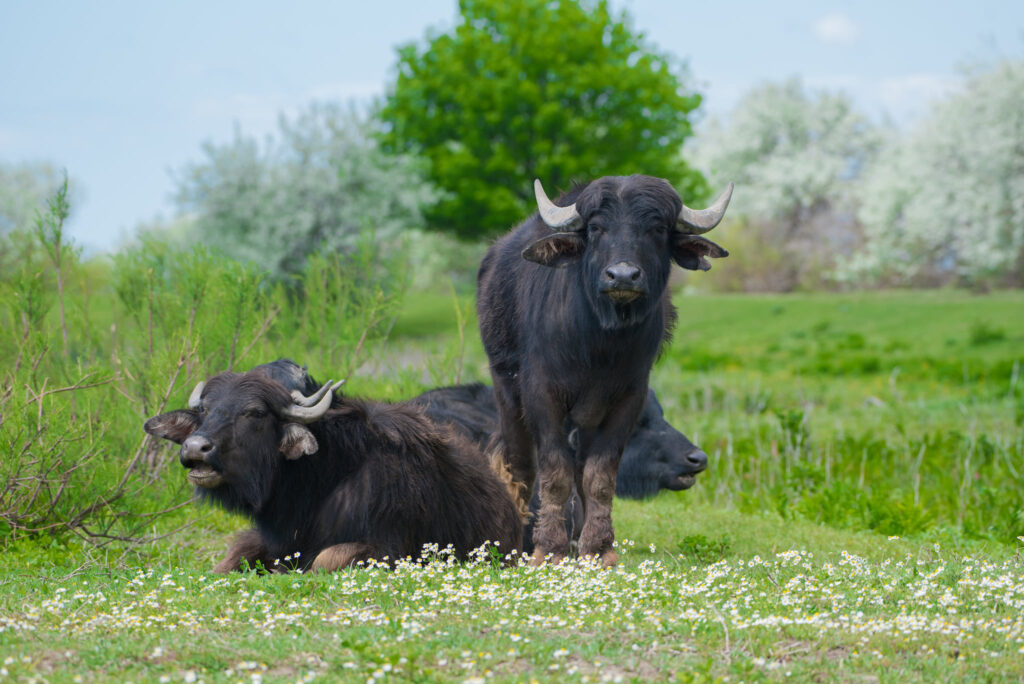
Fish migrations are responsible for landscape-scale flows of energy, materials, and organisms. Salmon, sturgeon and trout formerly brought huge amounts of nutrients from the sea to land ecosystems. It is estimated that these effects have declined by 96% – almost all gone but starting to return as we remove obsolete dams, weirs and other obstructions.
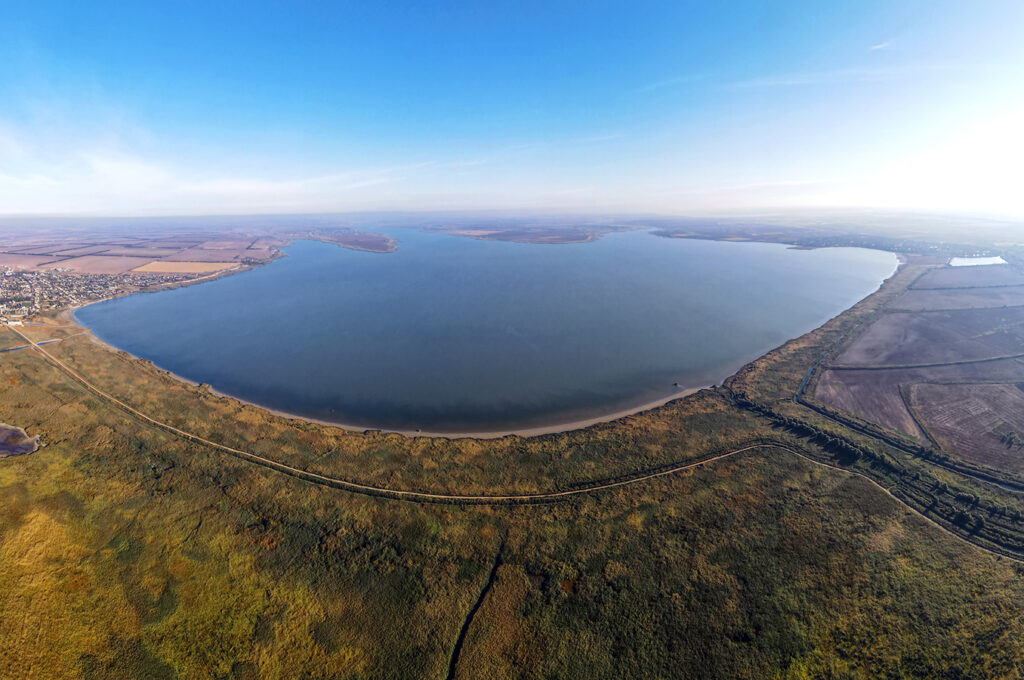
Sea birds, reef sharks and parrotfish are essential for the health of coral reefs, and once seabird colonies return to nearby islands that have seen invasive rats removed, coral reefs benefit – an unexpected effect, due to the run-off of nutrients that the birds bring onto the land. This is good for fishing, tourism
and coastal protection.
Kelp forests in coastal regions of temperate and Arctic seas worldwide provide ecosystem services valued in the range of billions of dollars annually. Sea otters are vital to control the populations of sea urchins, which eat kelp. The extirpation of otters through hunting has seen the decline of kelp forests; their recovery has often seen the kelp forests return, especially when other predators such as sea stars, lobsters and some types of fish are also allowed to recover through the establishment of protected areas and other controls on extractive pressures.
The report underlines the importance of connectivity and ecological interdependence provided by animals. As seabirds return from the open ocean to nest in mangroves, they bring nutrients that enrich mangrove
plants, that also benefit nearby coastal habitats and invertebrate food webs as tidal flows disperse the nutrients.
Conserving seabirds is therefore vital to preserve and enhance their role in mangrove productivity, resilience, and provision of diverse functions and services. Mangrove forests provide a range of benefits, dramatically protecting coasts from storms and erosion, and providing a spawning ground for many fish species, sometimes linking up with coral reefs.
Although all of these examples benefit humanity in providing essential services, wild animal species in wetlands also contribute to human culture in direct ways. In India, the Sarus crane has been found to benefit small-scale farming, as their nesting sites provide foundations for pioneer grasses instead of the typical reed and sedge, which allow the farmers to till, plough, and sow crops earlier.
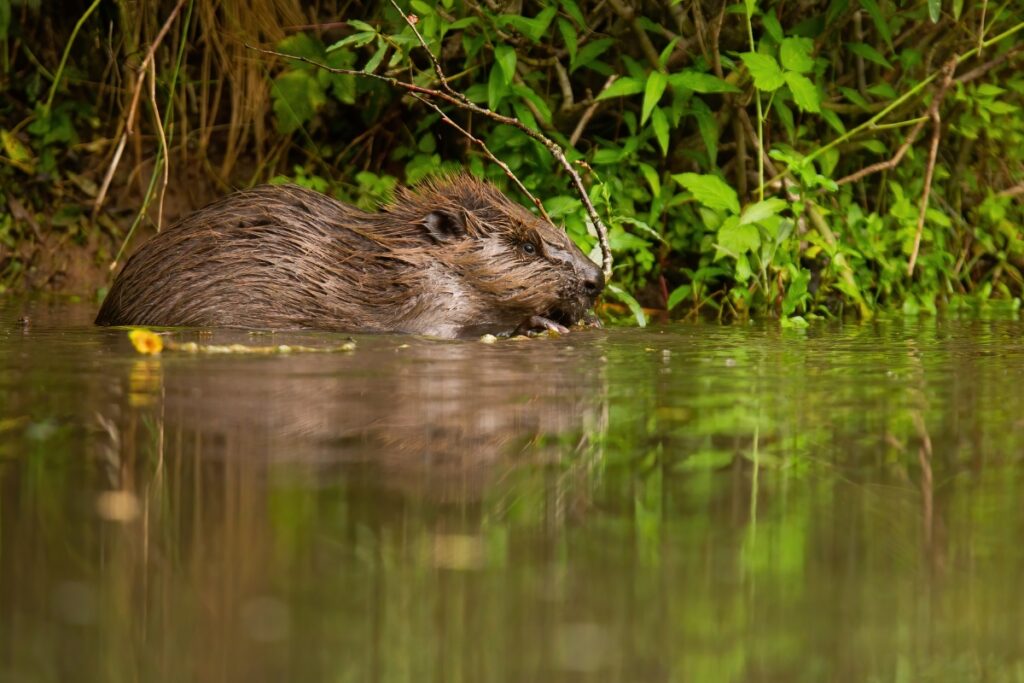
A bleak context provides an opportunity
The new study gives abundant evidence that sheds light on the key role of the extraordinary animal species that inhabit our world’s wetlands. However, these key findings exist today in the context of widespread ‘defaunation’ of wetlands, in which wild animals have been reduced in most wetlands around the world, leading in some cases to extinctions and in others to big reductions in their former abundance. Of all Ramsar Sites dedicated to protecting wetlands of international importance in India, for example, only around 8% appear to have a near-intact assemblage of the ‘megafauna’ – big wild animals – that would have been there 200 years ago. The widespread loss of healthy wild populations of animals, and specifically those species high in the food chain (trophic downgrading), has had far- reaching effects on ecosystems’ ability to provide these all-important services.
Megafauna downsizing, “fishing down the food web” – negatively affecting coastal and inland fish populations, and the critical contributions to population dynamics, ecosystem processes and services provided by large, old and wise individuals of mammals, birds, freshwater and marine fish, reptiles and other species must also be factored in. Simply put, without the presence and healthy abundance of a range of wild animal species, wetlands cannot function as we need them to.
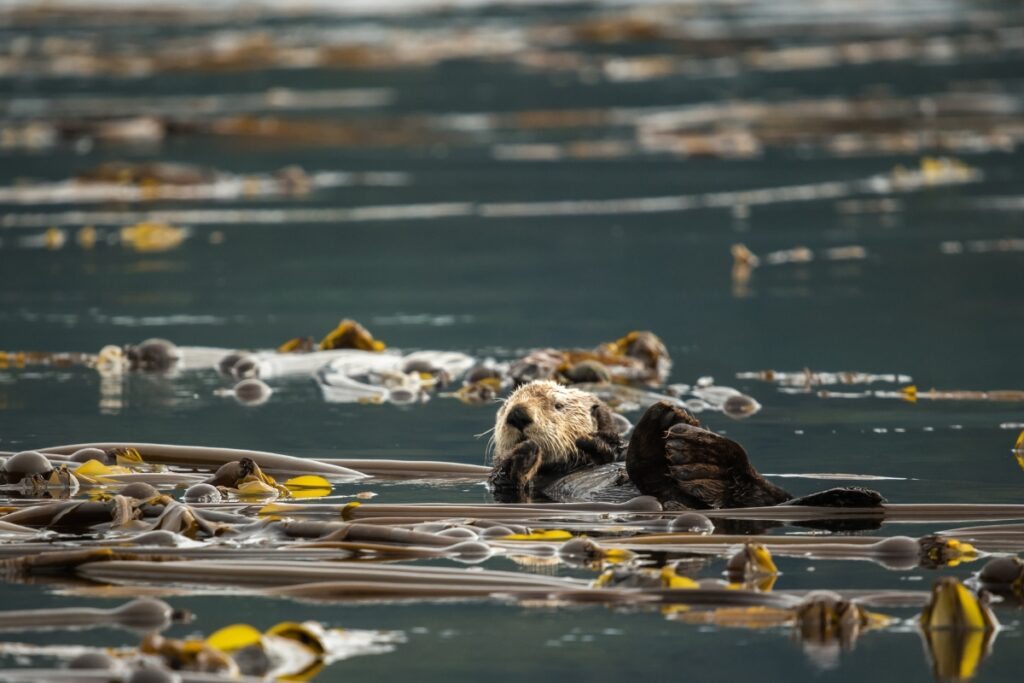
A hopeful call to action
Amid a global decline in wildlife and a lack of adequate recognition of wild animals in conservation policies, the new insights of the study outline an opportunity for more effective wetland restoration and conservation; a new ‘way forward’ that recognises the essential role of wild animals. While this study represents only an initial effort to summarize current knowledge on wildlife-ecosystem connections for wetlands, the results underscore the need to place wild animal species at the core of the ecological functional agenda of the Ramsar Convention on Wetlands. It is therefore to be welcomed that the Convention requested this report and will be discussing its findings with a view to taking them into account in future policies.